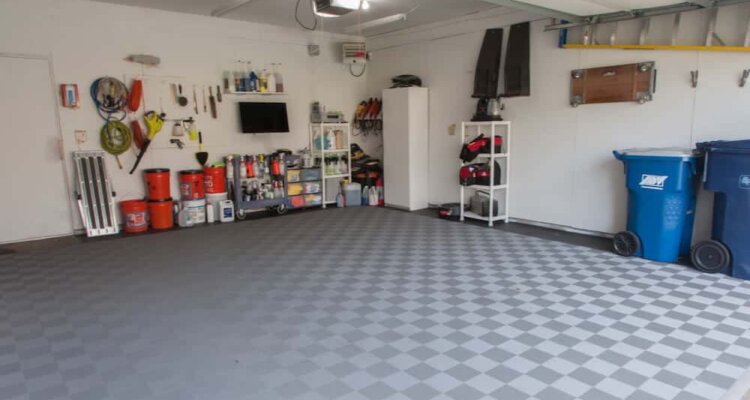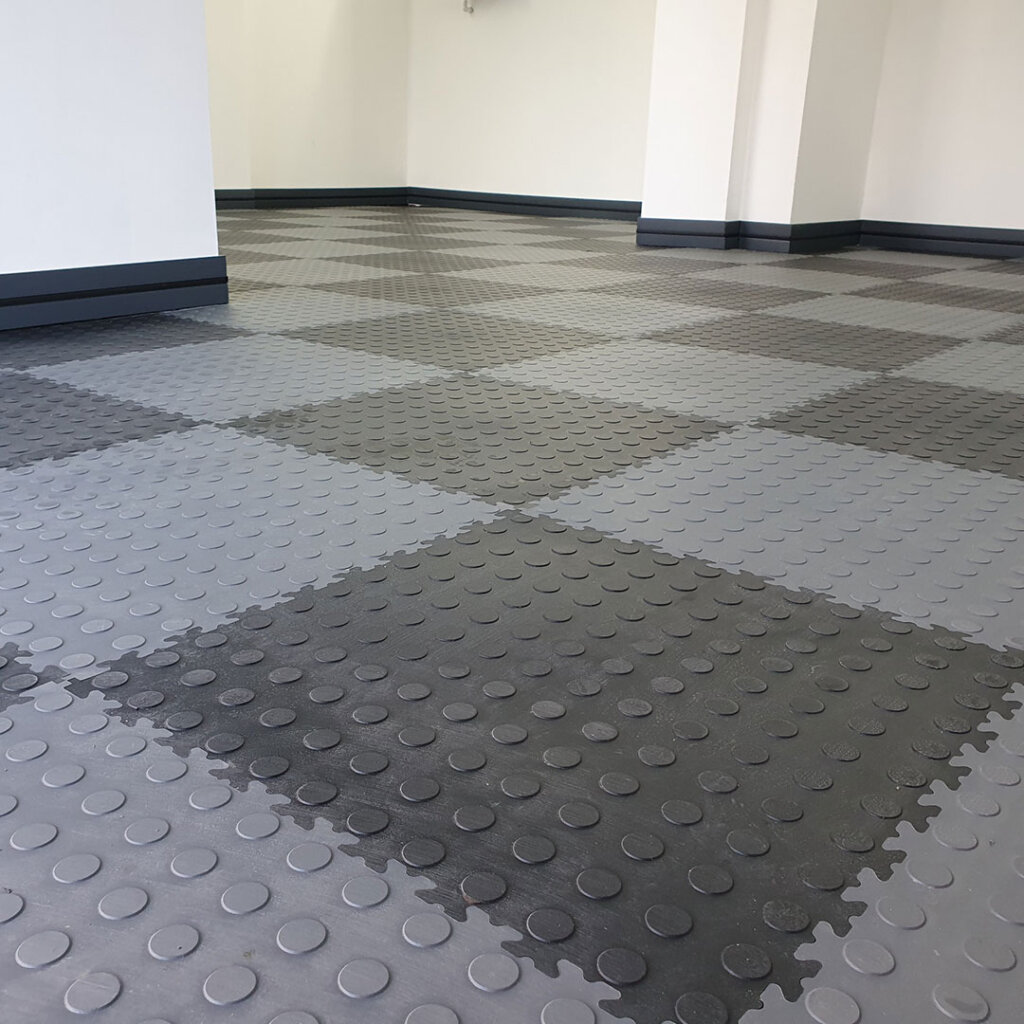A Comprehensive Guide to PVC Mats: Your Durable and Versatile Flooring Solution

Discover the Truth: The Surprising Pros and Cons of Rubber Flooring!
Exploring the Pros and Cons of Rubber Flooring: Advantages and Disadvantages
When it comes to choosing flooring options, rubber flooring has gained popularity for its unique properties and versatility. Whether you’re considering rubber flooring for your home or commercial space, it’s important to understand its advantages and disadvantages.
In this article, we will delve into the various aspects of rubber flooring, discussing its benefits and drawbacks to help you make an informed decision.

Advantages of Rubber Flooring
- Durability and Longevity: One of the significant advantages of rubber flooring is its exceptional durability. Unlike many other flooring materials, rubber can withstand heavy foot traffic, impacts, and everyday wear and tear. This makes it an excellent choice for high-traffic areas such as gyms, schools, and commercial spaces.
- Slip-Resistance and Safety: Rubber flooring offers excellent traction, reducing the risk of slips and falls. Its slip-resistant properties make it particularly suitable for areas prone to moisture or spills, such as bathrooms, kitchens, and entryways. By providing a secure footing, rubber flooring enhances safety in both residential and commercial settings.
- Sound Absorption: Another benefit of rubber flooring is its remarkable sound absorption capabilities. This property makes it an ideal choice for environments where noise reduction is important, such as offices, classrooms, or multi-unit buildings. Rubber flooring helps create a quieter and more comfortable atmosphere, reducing the transmission of sound between floors and rooms.
- Comfort and Cushioning: Rubber flooring offers inherent comfort and cushioning due to its natural resilience and shock-absorbing qualities. It provides a soft and forgiving surface to walk or stand on, making it more comfortable for extended periods. This makes rubber flooring an excellent option for areas where people spend significant time on their feet, such as fitness centers, play areas, and workshops.
- Easy Maintenance: Rubber flooring is known for its low maintenance requirements. It is highly resistant to stains, spills, and damage, which significantly simplifies its upkeep. Regular sweeping or vacuuming, along with occasional damp mopping, is usually sufficient to keep rubber flooring clean and in good condition. This convenience makes it an attractive choice for busy households or commercial spaces.
Disadvantages of Rubber Flooring
- Initial Cost: While rubber flooring offers numerous advantages, it generally comes with a higher upfront cost compared to other flooring options. This initial investment may be a deterrent for those on a tight budget. However, it’s important to consider the long-term benefits and durability of rubber flooring, which can help offset the initial expense.
- Limited Aesthetic Options: Rubber flooring does have some limitations when it comes to aesthetic choices. It typically offers a more limited range of colors, patterns, and textures compared to materials like hardwood or tile. While it can still be visually appealing, this reduced variety may not suit everyone’s design preferences or specific interior themes.
- Susceptibility to Discoloration: Rubber flooring can be susceptible to discoloration over time, especially when exposed to direct sunlight or certain cleaning chemicals. Prolonged exposure to UV rays may cause fading, while some cleaning agents might lead to discoloration or damage. It’s important to follow the manufacturer’s guidelines for cleaning and maintenance to minimize these effects.
- Vulnerability to Sharp Objects: Although rubber flooring is highly durable, it is not impervious to sharp objects. High heels, furniture legs with sharp edges, or heavy equipment may potentially puncture or damage the flooring. Taking precautions such as using protective pads or furniture glides can help mitigate this risk and preserve the integrity of the rubber surface.
- Odor: Some rubber flooring products may have an initial rubbery odor when first installed. While this odor typically dissipates over time, it can be noticeable initially. Adequate ventilation during installation and in the days following can help accelerate the dissipation process.
Rubber flooring offers a range of advantages, including durability, slip resistance, sound absorption, comfort, and easy maintenance. However, it is essential to consider the potential drawbacks, such as the higher upfront cost, limited aesthetic options, susceptibility to discoloration, vulnerability to sharp objects, and initial odor.
By weighing these pros and cons against your specific needs and preferences, you can determine if rubber flooring is the right choice for your residential or commercial space.
Are you ready to explore the benefits of rubber flooring for your gym or garage? Contact Gym and Garage Floor today to discuss your flooring needs and discover the perfect solution for your space.
Call us at 087 265 9236 or visit our website to get in touch with our knowledgeable team. Click here to access our Contact Us Page
Enhance the durability, safety, and style of your gym or garage with Gym and Garage Floor’s premium rubber flooring solutions. Contact us now and let us transform your space with quality rubber flooring that stands the test of time.
This Post Has 0 Comments